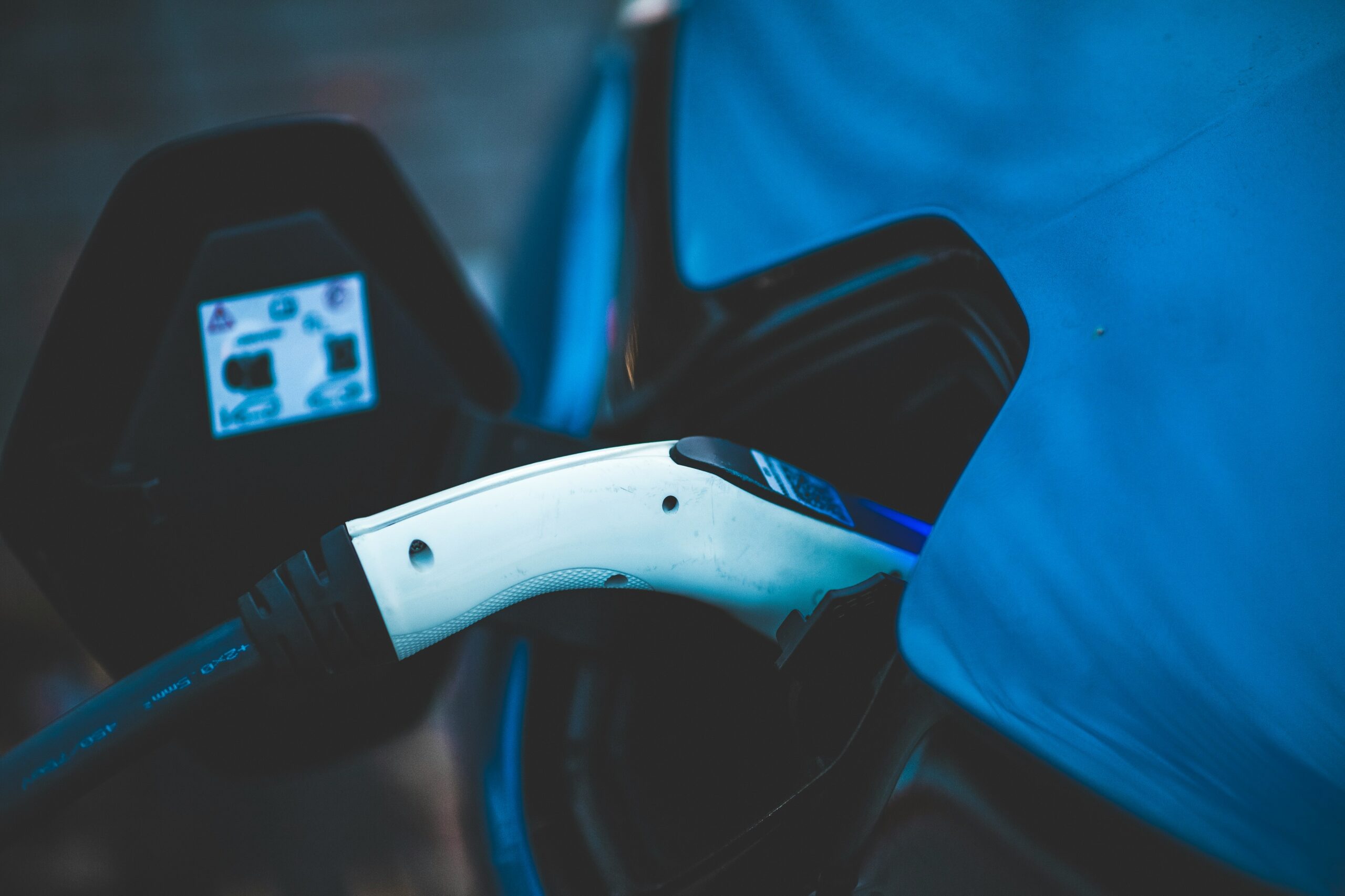Lithium and renewable resources are integral to the global transition towards sustainable energy. As the world grapples with the effects of climate change, the urgency to reduce greenhouse gas emissions and reliance on fossil fuels has never been greater. Lithium, a critical component in lithium-ion batteries, and renewable resources like solar, wind, and hydroelectric power, are at the forefront of this energy revolution.
The Role of Lithium in Sustainable Energy
Lithium-ion batteries are the preferred choice for a wide range of applications, from electric vehicles (EVs) to renewable energy storage systems. These batteries are prized for their high energy density, long lifespan, and lightweight properties. In the context of electric vehicles, lithium-ion batteries enable longer driving ranges and faster charging times, making EVs more practical and appealing to consumers. This shift towards electric mobility is essential for reducing the carbon footprint of the transportation sector, which is one of the largest contributors to global greenhouse gas emissions.
Beyond transportation, lithium-ion batteries play a crucial role in the integration of renewable energy sources into the power grid. Solar and wind power are intermittent by nature, as they depend on weather conditions. Lithium-ion batteries provide an efficient solution for storing excess energy generated during peak production times and releasing it when demand is high or when renewable energy generation is low. This capability enhances grid stability and ensures a steady supply of clean energy, facilitating the widespread adoption of renewables.
The Importance of Renewable Resources
Renewable resources like solar, wind, and hydroelectric power are vital for creating a sustainable energy future. Unlike fossil fuels, which release harmful emissions and contribute to environmental degradation, renewables generate electricity without polluting the atmosphere. The transition to renewable energy sources helps mitigate climate change, improves air quality, and reduces the dependency on finite and geopolitically unstable fossil fuel reserves.
Moreover, renewable energy technologies have seen significant advancements and cost reductions over the past decade. Solar panels and wind turbines are now more efficient and affordable than ever, making them accessible to a broader range of consumers and industries. Investments in renewable infrastructure also stimulate economic growth, creating jobs in manufacturing, installation, and maintenance. This transition supports not only environmental sustainability but also economic resilience and energy security.
Synergy Between Lithium and Renewables
The synergy between lithium and renewable resources is essential for achieving a clean energy future. Efficient energy storage solutions, enabled by lithium-ion batteries, are key to overcoming the intermittency challenges of renewables. By providing a reliable way to store and manage energy, these batteries ensure that renewable power can be harnessed effectively, even when the sun isn’t shining or the wind isn’t blowing. This integration enhances the viability of renewables, making it possible to meet energy demands sustainably and reliably.
In conclusion, lithium and renewable resources are cornerstones of the global effort to combat climate change and promote sustainable development. As technology continues to advance, the combined use of lithium-ion batteries and renewable energy sources will play a pivotal role in shaping a cleaner, more sustainable, and resilient energy landscape for future generations.





